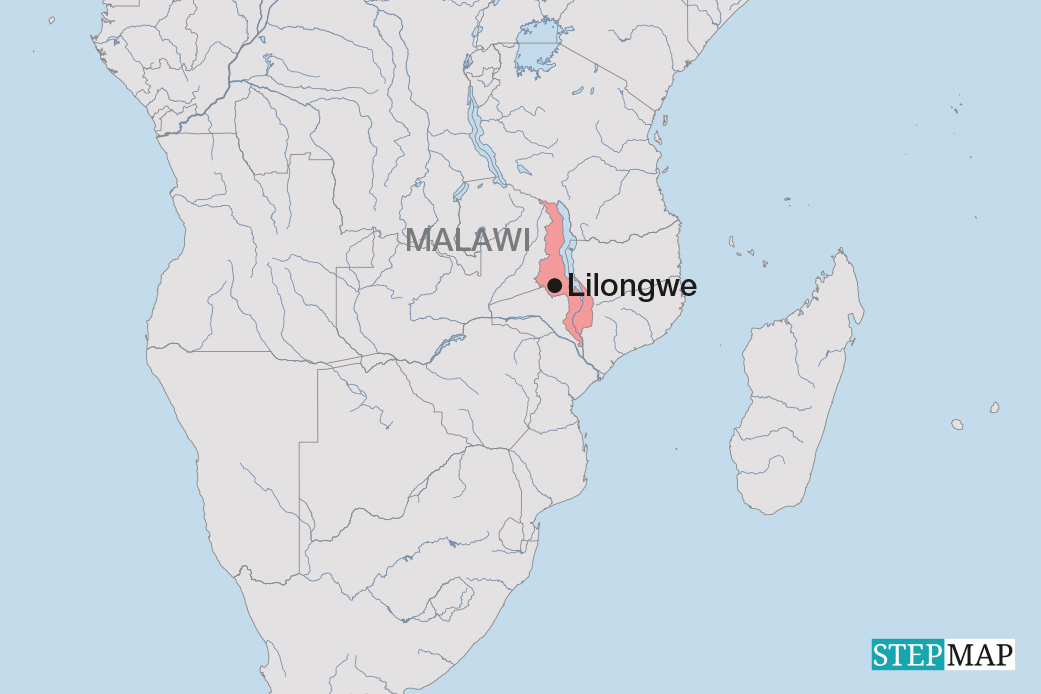Child poverty
The harsh reality of street children in Brazil

More than 281,000 homeless people lived in Brazil in 2022 according to a study by the Institute of Applied Economic Research (Ipea). The number has increased by 38 % since 2019, following the Covid-19 pandemic. While the majority are adult men, young people are affected too. According to official statistics, about 6000 of Brazil’s homeless people are under 17 years old and more than 2000 of them are under five years of age. It is estimated that there is a considerable number of unreported cases for both adults and children.
People living on the streets not only have to cope with cold, hunger, violence, poor hygiene and a lack of structure on a daily basis. They also face social stigmatisation. For large parts of Brazil’s society, homeless people are invisible.
Young children living on the streets often lack an intact family life. They may have experienced heavy conflicts, breakups or neglect. For example, when single mothers choose to take to the streets with their small children, they often do so to escape domestic violence, including sexual abuse. Drug abuse plays an important role too. Moreover, a disproportionately high number of homeless people are Black, reflecting Brazil’s colonial past and the resulting structural racism.
Poverty is the common denominator that unites the life stories of homeless children. Their families often lack a decent income and access to social security benefits. Others have been displaced by natural disasters. Covid-19 had a massive impact too. When the pandemic hit Brazil’s already struggling economy, many people lost their jobs and had troubles paying their rent. A significant number fell through the social safety net. Social organisations saw the number of homeless people skyrocketing, among them families with young children.
Urban poverty
Many homeless children live in urban areas. In Brazil’s largest city, São Paulo, a census carried out by the City Hall in May 2022 revealed that there are 3700 children and adolescents living on the streets. According to the survey, 73 % of them beg for money or work to survive. The majority of them finds an indoor place to sleep at night. However, about 10 % have to spend the night on the streets.
Obviously, having to live under such conditions comes with massive violation of these children’s rights. This was confirmed by a survey published by the NGO Visão Mundial (in other parts of the world known as World Vision) in 2017. It was carried out with 586 children and adolescents between two and 17 years who were cared for by various organisations.
The study analysed issues like well-being, nutrition, abuse, child labour, early contact with drugs and criminal acts. The data showed that more than half of the children between the ages of two and six experienced an extreme violation of their rights. Of the children aged between seven and 11, more than a third stated that they had suffered some kind of violence.
Among other things, the study concluded that the children and young people
- were subject to physical and psychological abuse,
- had easy access to drugs,
- suffered from child labour exploitation and
- were out of school in some cases.
Ineffective policies
Nancy Amaral is a social worker and guardianship counsellor working with the Reference Centres for Social Assistance (CRAS), a state-owned service providing basic social protection. According to her, the main factors why children are living on the street in Brazil include poverty, violence, abuse and dysfunctional families, but also ineffective economic policies and a lack of educational support and monitoring by the state.
Amaral points out that very young homeless children suffer from delayed physical and psychological development caused by hunger, exploitation, drug use and high levels of stress, among others. “Due to the psychological, social and educational impacts, these children will have a lifelong trauma,” she says. At the same time, many of them exhibit an astonishing degree of resilience. “Even though they live in a condition of extreme vulnerability, they seem to be able to visualise a future and manage to build ways of relating to the world,” says Amaral.
In December 2023, the Lula administration launched a national plan to assist the country’s homeless. The programme is designed to allocate about one billion Brazilian real (about $ 200 million) to provide food, healthcare and housing, among other things. It also includes campaigns against discriminating homeless people and projects to integrate people into the labour market. Regional and municipal governments as well as civil-society organisations are to be involved.
However, critics bemoan that the government’s plans do not properly address the reasons why Brazil’s homeless ended up in such dire circumstances in the first place. To significantly reduce the number of children living on the streets, the Brazilian state needs to step up its preventive efforts, social worker Amaral says. More families need to be included in social security programmes and have access to housing and education.
According to Amaral, the state should also do a better job of collecting reliable data on homeless children, so that more effective actions and policies can follow to ensure that these children receive the care they deserve.
Thuany Rodrigues is a journalist based in Rio de Janeiro.
thuanyrodriigues@gmail.com
















